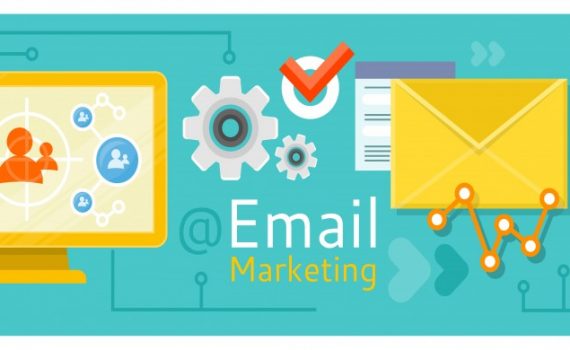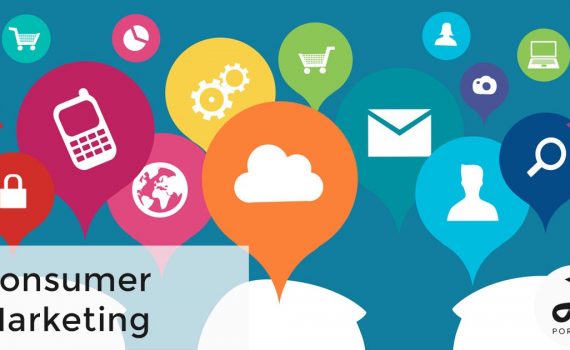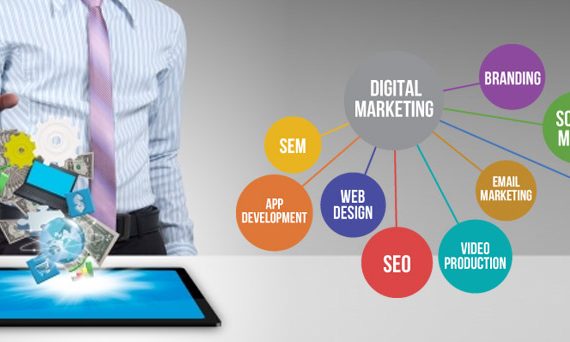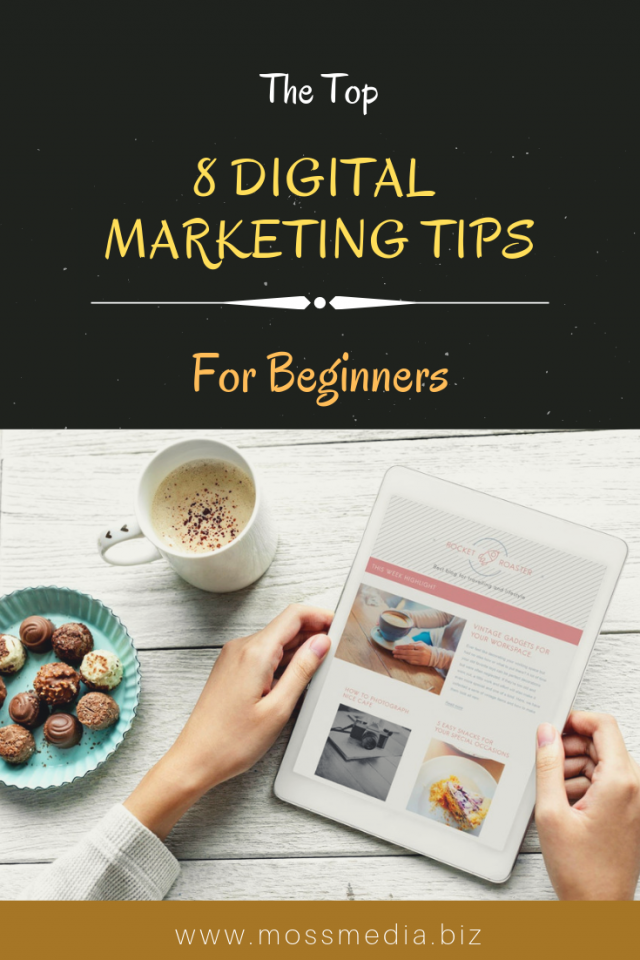Mobile Marketing Essentials for Webmasters: A Complete Guide
Category : Digital Marketing Consulting
Mobile devices serve as primary gateways to the internet, mastering mobile marketing is essential for webmasters aiming to maximize their website’s reach, engagement, and conversion rates. As a webmaster navigating the intricacies of digital marketing, understanding the core principles and strategies of mobile marketing is crucial to stay competitive and effectively connect with a mobile-savvy audience. Join me as we delve into the essential components of mobile marketing, explore key strategies, and uncover actionable insights to help you optimize your website for mobile success.
Mobile marketing encompasses a range of strategies and tactics aimed at engaging and converting users on mobile devices, including smartphones and tablets. With mobile traffic surpassing desktop usage globally, webmasters must prioritize mobile-friendly practices to enhance user experience (UX), improve search engine visibility, and drive meaningful interactions.
Key Components of Mobile Marketing
1. Responsive Web Design
Responsive web design is the cornerstone of mobile-friendly websites. It ensures your site adapts seamlessly to different screen sizes and orientations, providing a consistent and intuitive browsing experience across all devices. Key considerations include:
+ Fluid Grid Layouts: Utilize flexible grid systems that adjust content proportionally based on the user’s screen size.
+ Media Queries: Implement CSS media queries to apply styles based on device characteristics, optimizing layout and usability.
+ Flexible Images and Media: Use scalable images and media elements to maintain clarity and functionality on mobile screens.
Optimizing your website for mobile search engines is crucial for improving visibility and attracting organic traffic from mobile users. Key mobile SEO tactics include:
+ Mobile-Friendly Content: Craft concise, readable content tailored for mobile consumption, optimizing headlines, meta descriptions, and body text.
+ Page Speed Optimization: Enhance loading times by compressing images, minimizing server requests, and leveraging browser caching.
+ Local SEO Strategies: Optimize your site for local search queries by including location-based keywords, business hours, and contact information.
3. Mobile Advertising Strategies
Mobile advertising offers diverse opportunities to reach and engage your target audience across mobile platforms. Explore effective mobile advertising channels and tactics, including:
+ Social Media Advertising: Utilize platforms like Facebook, Instagram, and LinkedIn to run targeted mobile ads based on user demographics, interests, and behaviors.
+ Google Ads (formerly AdWords): Deploy mobile-specific ad campaigns using features such as app promotion ads, call-only ads, and location extensions.
+ In-App Advertising: Partner with relevant mobile apps to display ads within app environments, driving app installs, engagement, or conversions.
4. Mobile User Experience (UX) Design
Creating a seamless mobile UX is essential for maximizing user engagement and driving conversions. Design intuitive navigation, optimize touch targets, and prioritize mobile-friendly interactions to enhance usability and satisfaction. Key UX principles include:
+ Intuitive Navigation: Simplify menu structures and utilize prominent calls-to-action (CTAs) to guide users through your site effortlessly.
+ Thumb-Friendly Design: Position interactive elements within easy reach of users’ thumbs to facilitate comfortable interaction on smaller screens.
+ Mobile-Friendly Forms: Streamline form fields and inputs for touchscreen usability, minimizing friction and optimizing conversion rates.
5. Analytics and Performance Tracking
Data-driven insights are critical for evaluating the effectiveness of your mobile marketing efforts and optimizing performance. Utilize mobile analytics tools to monitor key performance indicators (KPIs), user behavior, and campaign success. Key metrics to track include:
+ Traffic Sources: Identify sources driving mobile traffic to your site, such as organic search, social media referrals, or paid advertising.
+ Conversion Rates: Measure conversion rates for mobile visitors, tracking actions such as form submissions, purchases, or app downloads.
+ User Engagement Metrics: Analyze metrics like bounce rates, average session duration, and pages per session to gauge user engagement and site effectiveness.

Discover the essential mobile marketing strategies to connect with customers and drive conversions on mobile devices.
Best Practices for Mobile Marketing Success
1. Prioritize Mobile Responsiveness: Ensure your website is fully responsive and optimized for seamless performance across all devices.
2. Optimize for Speed: Enhance loading times by optimizing images, reducing server requests, and implementing efficient coding practices.
3. Implement Mobile SEO Techniques: Focus on mobile-friendly content, local SEO optimization, and enhancing user experience to improve search engine rankings.
4. Leverage Mobile Advertising Channels: Utilize social media ads, Google Ads, and in-app advertising to reach your target audience effectively on mobile platforms.
5. Monitor and Analyze Performance: Regularly track mobile analytics to assess campaign performance, identify trends, and make data-driven decisions for optimization.
Case Studies and Success Stories
Let’s explore how businesses have successfully implemented mobile marketing strategies to achieve notable results:
1.Amazon: Amazon’s mobile-responsive design and streamlined mobile app experience contribute to its dominance in e-commerce, providing users with a seamless shopping journey across devices.
2.Starbucks: Starbucks’ mobile app integrates loyalty rewards, mobile payments, and personalized offers to enhance customer engagement and drive in-store visits through mobile channels.
3.Nike: Nike leverages interactive mobile campaigns, personalized content, and social media integration to connect with mobile-savvy consumers and drive sales.
Emerging Trends in Mobile Marketing
Stay ahead of industry trends and consumer behaviors by exploring emerging mobile marketing strategies, including:
+ Voice Search Optimization: Optimize content for voice search queries to cater to the increasing use of voice assistants like Siri, Google Assistant, and Alexa.
+ Augmented Reality (AR) Experiences: Develop immersive AR experiences to engage users and showcase products or services in interactive mobile environments.
+ AI-Powered Personalization: Utilize artificial intelligence (AI) to deliver personalized content, recommendations, and customer support experiences tailored to individual user preferences.
Wrapping it up
Mobile marketing is integral to achieving digital success in today’s mobile-first world. By mastering mobile-responsive design, optimizing for mobile SEO, leveraging mobile advertising channels, designing intuitive mobile UX, and monitoring performance through analytics, webmasters can effectively connect with mobile audiences, drive engagement, and achieve business objectives. Embrace mobile marketing as a core component of your digital strategy, adapt to evolving consumer behaviors, and capitalize on the immense opportunities presented by mobile devices.































